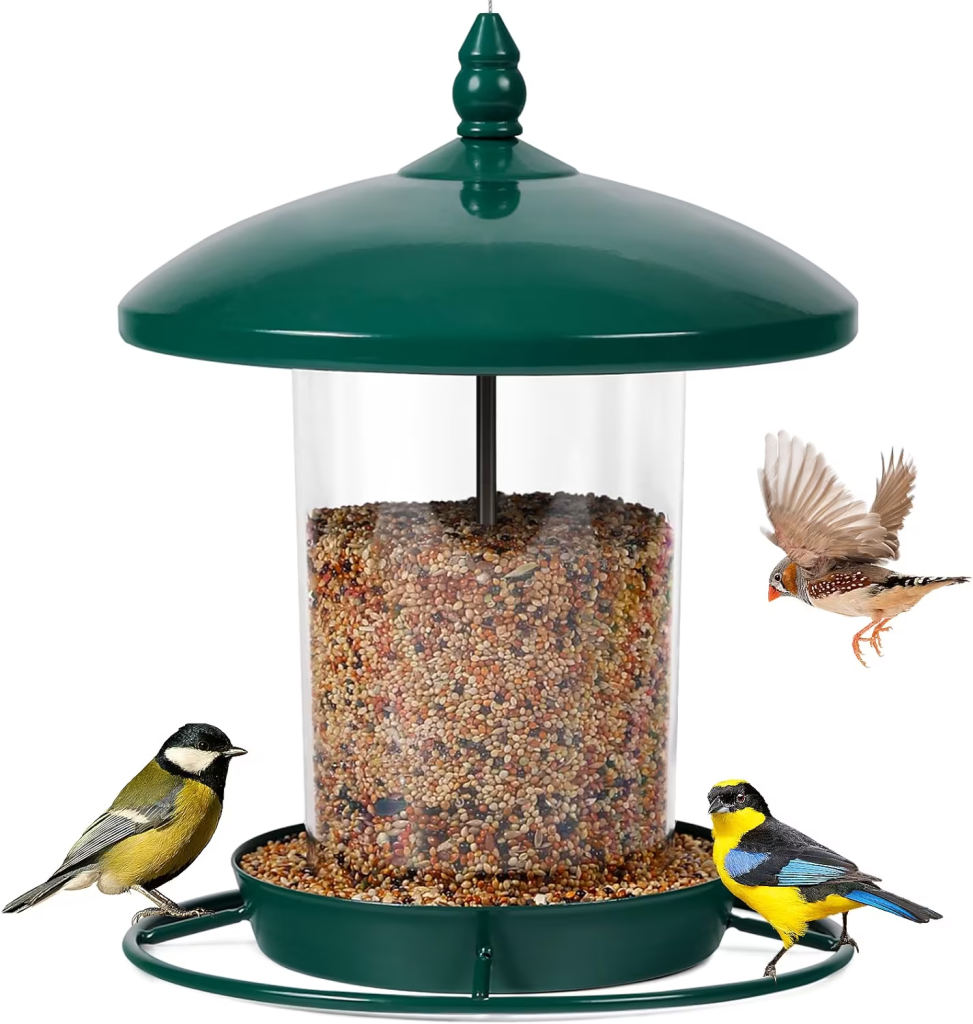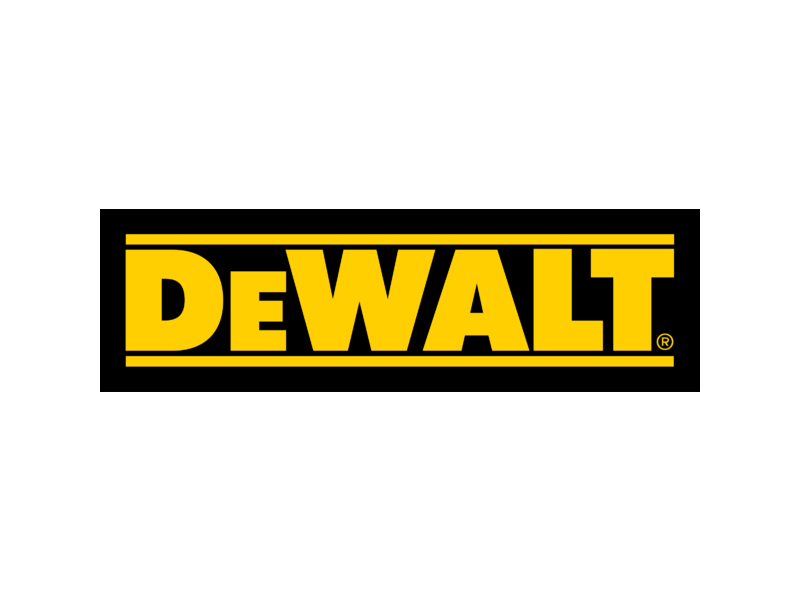Winter Feasts for Feathered Friends: The Ultimate Guide to Bird Feeding Leave a comment
1. Introduction: The Winter Challenge for Birds
Winter is a challenging time for our avian buddies. With food sources dwindling and energy at a premium, feeding birds in winter is not just a kind gesture—it’s a lifeline. Let’s embark on a journey to ensure our feathered friends thrive during the frosty months!
2. Know Your Guests: Tailoring Your Feed
Before you dive into the world of bird food, take a moment to observe. Which birds frequent your garden? Different species have distinct preferences. By catering to their tastes, you not only ensure they’re well-fed but also encourage repeat visits. For instance, while American robins adore fruits, blue jays can’t resist peanuts, and northern cardinals are all about black oil sunflower seeds.
3. The Winter Buffet: Best Foods for Cold Months
Winter demands high-energy foods. Here are some top picks to consider:
- High-Fat Delights: Nuts, lard, and suet are fantastic for providing the much-needed calories. Recommendation: high nutrition bird cakes.
- Black Sunflower Seeds: Loved by a plethora of birds, these seeds are a must-have. If you’re starting with one food, this is it.
- Black Oil Sunflower Seeds: A more calorie-packed version of the regular seeds, ensuring your birds get the best nutrition.
- Cheesy Treats: Grated mild cheddar is a hit among many birds. Who knew they had a cheesy side?
- Mixed Seeds: A versatile option, but avoid mixes with too many oats and milo. Recommendation: [Shoen Farms ] Winter Bird Seed Mix.
- Fruits: Apples, pears, and even bruised fruits are a treat. Just ensure they’re chopped for easy consumption.
- Peanut Butter: A high-calorie favorite! Opt for unsalted versions or buy bird-friendly variants. Recommendation: [Esschert Design Peanut Butter for Wild Birds] Bird-Safe Peanut Butter.
- Mealworms: While not the most visually appealing, they’re a favorite. Both live and dried versions work wonders.
- Cracked Corn and white Proso Millet: These can be mixed in or offered separately for variety.
- Niger Seeds: A treat for goldfinches. Consider adding a dedicated niger seed feeder to your garden.
4. The Eggshell Bonus: A Calcium Boost
Eggshells are a fantastic source of calcium, especially vital for female birds. After using eggs in your kitchen, rinse the shells, bake them, crush them, and sprinkle them in your garden. It’s a simple yet effective way to boost the health of your avian visitors.

5. The No-No List: Foods to Avoid
While our intentions might be pure, some foods can harm birds. Here’s what to steer clear of:
- Chocolate, table scraps, rotten food, spoiled birdseed, salt, raw meat, bread, and milk. Always prioritize the health and safety of your feathered guests.
6. The Importance of Freshness: Quality Over Quantity
Always ensure the food you offer is fresh. Spoiled or wet seeds can be harmful. Regularly check and clean your feeders to prevent mold and bacteria growth.
7. The Water Dilemma: Keeping Bird Baths Ice-Free
Water is as crucial as food. Avoid adding salt to bird baths to prevent freezing. Instead, a simple trick like placing a ping-pong ball on the surface can prevent freezing, ensuring birds have access to fresh water.
8. Conclusion: The Joy of Winter Birdwatching
Feeding birds in winter is more than just a hobby—it’s a commitment to the well-being of nature’s beauties. By offering the right foods and ensuring their safety, you not only get the joy of birdwatching but also the satisfaction of knowing you’ve made a difference.








